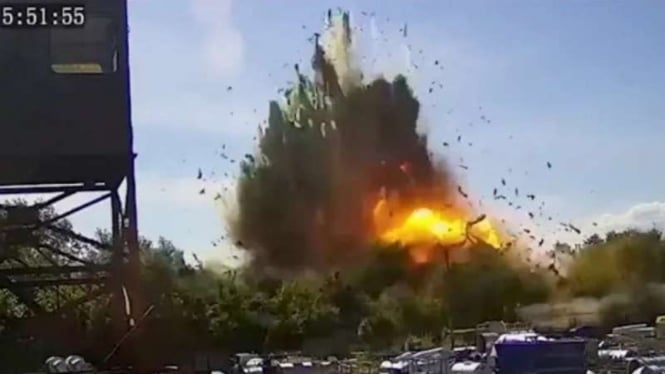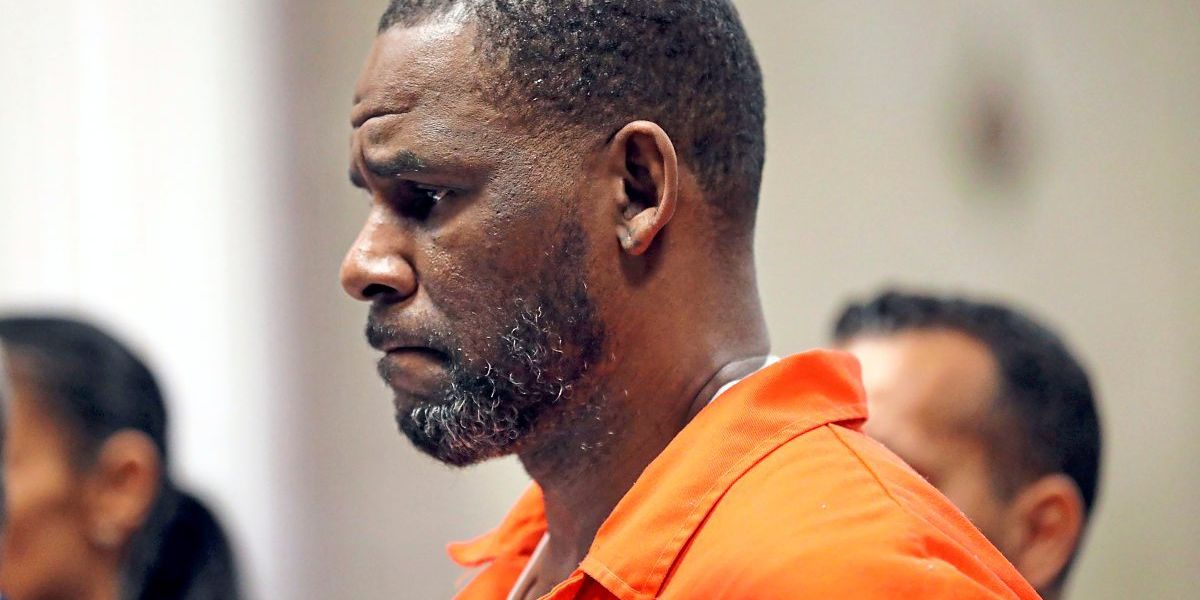An incomprehensible insult yelled open window by a motorist orders the pedestrian to cross Fissa. In front of the Avicenne hospital, in Bobigny, the light is however red, there are no traffic jams but the driver is riding in a temporary cycle path which he has climbed… in the opposite direction. The driver fully assumes and intends to turn left as soon as possible.
By standing on a sidewalk, we do not wait long before noticing great nonsense from certain vehicles circulating on the four lanes of the former N 186. Three-quarters of an hour of observation enough to get an idea of the variety of user behavior, even in the absence of traffic jams.
Cars, trucks, motorcycles, scooters and now bicycles, scooters and even unicycles have been crossing paths since the very recent transformation of two lines of vehicles into coronapists. Reserved for soft traffic since deconfinement, they have been developed in parallel with major public transport lines, such as the T1 tram, along the former N186, between Saint-Denis and the Bondy bridge.
“Thirty minutes by car to do 600 m”
On this extra-wide road that connects suburb to suburb, the presence of cyclists would have been inconceivable a few weeks earlier. Yet today, it provokes the anger of the city of Drancy, whose border with Bobigny is marked by the former N 186. “The temporary tracks create a total paralysis of traffic, annoys Aude Lagarde, mayor (UDI) from Drancy. I was seized by the inhabitants who live an ordeal and can take thirty minutes by car to go 600 m. Some told me they took forty minutes between Salengro and the Carrefour shopping center (Editor’s note: about 2 km). An entire neighborhood is penalized. »
The city, which has been relaying a petition on its website since July, indicated that it had obtained more than 3,000 signatures online and on paper. “It is not a confrontation and I am not against cycle paths”, assures the mayor of Drancy.
That day, facing Avicenna, there were no traffic jams but the tension in the air was palpable. A flashy white sedan revs its engine and rushes into a coronapiste materialized by flexible yellow studs and acronyms on the ground, in the Saint-Denis-Bondy direction. The driver wants to overtake the RATP bus and does not care much about the presence of the main pedestrian entrance to the hospital. A few minutes later, at the traffic light, the lane reserved for bicycles once again became a line of cars and motorcycles and scooters.
Motorized vehicles refuse to leave the ground on infrastructures originally designed for transit traffic. Here, unlike the former N2 in Aubervilliers or avenue Michelet, in Saint-Ouen, coronapists are not diverted for wild parking but literally taken over by force to return them to car traffic. “Where is the problem?, gets angry a motorist. The way is empty, I take it! »
Not enough to discourage bicycles and scooters. “I save a lot of time,” agrees a young cyclist on an old mountain bike. “You should try,” he laughs, addressing a driver who, behind his closed windows, does not hear him. “Do we always have to take our car to go shopping at 2 km? “, asks the cyclist again, reacting to the petition from Drancy and regretting that the users are “Ridden against each other”.
Two “critical” mornings for the emergency services
“There was no consultation or coordination, notes for his part Tomislav Petrovic, head of the Smur of the Avicenna hospital, concerning the creation of temporary tracks. We had two mornings where it was critical for vehicle exits. The road was armored, in particular because there were also works towards Drancy. The coronapistes are however reserved and sized for the passage of relief. “But they are filled with cars as soon as there is a traffic jam and we cannot take them”, specifies Tomislav Petrovic.
Observing behavior does indeed give the impression that no one respects themselves. “We are entering into a cultural change and we must now do pedagogy”, recognizes Vincent Malard, the “Monsieur Vélo” of the department.
Since the end of confinement, Seine-Saint-Denis has created more than 80 km of coronapists in a few weeks. A challenge that shows that with determination, cycling is possible in the suburbs. Some sections have been developed by the municipalities themselves. On the ex-N2, the sensors recorded 2,000 bicycle crossings per day and as many on the ex-N3 which doubles the Canal de l’Ourcq (5,000 daily cyclists, according to the Department).
Before launching her petition, Aude Lagarde wrote at the end of June to Stéphane Troussel, the president (PS) of the departmental council, to ask him “not to extend this experimentation with a cycle path unsuitable for the road to Stalingrad. (Editor’s note: the former N 186) and dangerous for cyclists.
Study of “hard points”
If the mayor of Drancy is annoyed, Stéphane Troussel, is also annoyed by the petition: “There are those who defend the model before and those who implement the model of tomorrow. We are facing health problems. Do we want to reduce the place of the car in the city or not? If so, there will inevitably be difficult moments of adaptation. But the Department is not stubborn and we make adjustments. »
Seine-Saint-Denis, for example, is studying the replacement of the two lanes of tracks at certain points of the former N 186, with a single bidirectional lane. “This will free up a queue of traffic,” explains Vincent Malard. We are entering a phase where we will try to optimize the routes and look into the hard points. “A meeting is scheduled for the start of the school year concerning the ex-N 186.
–


